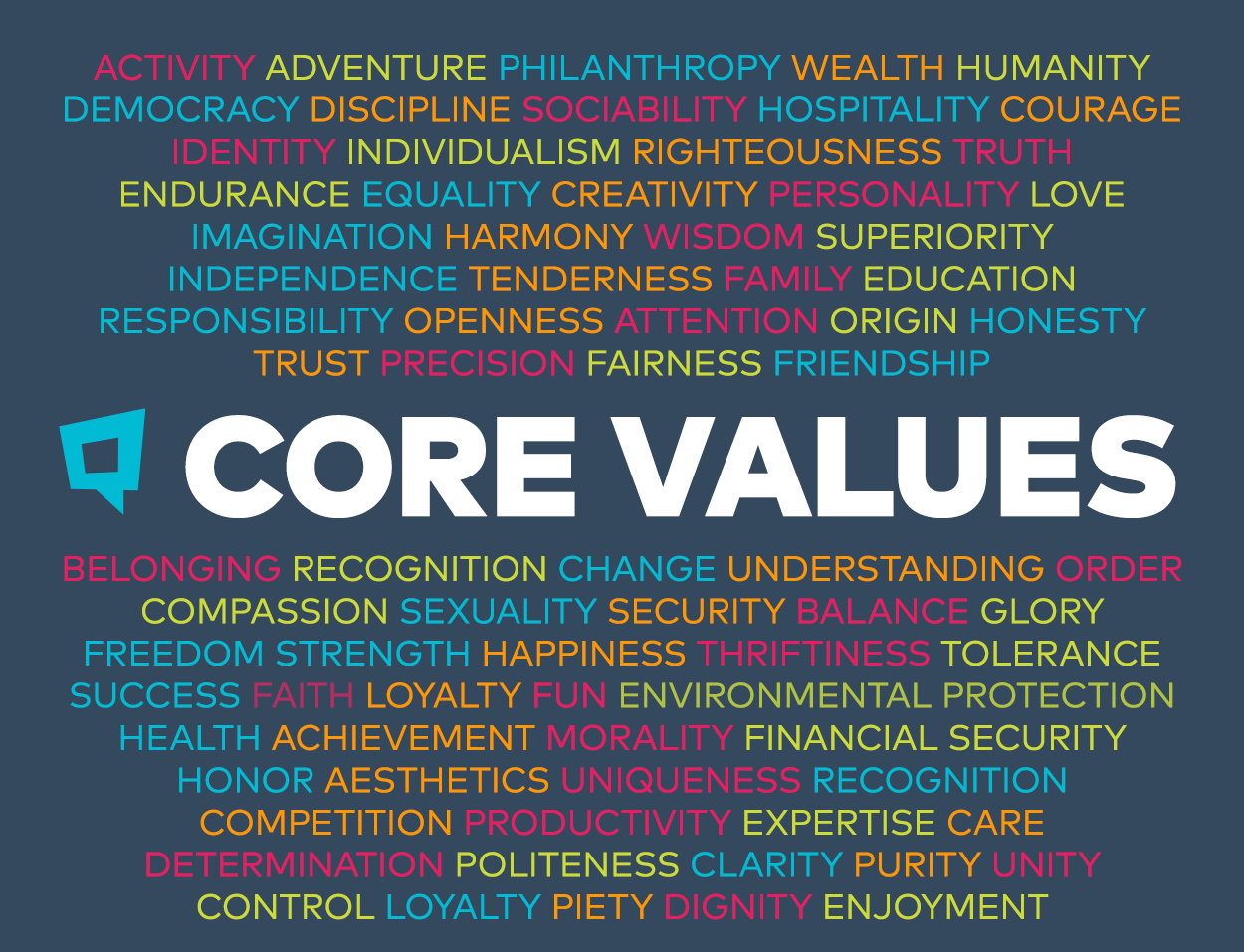How to Build a Strong Brand?
When we think of the famous duo—mission and vision—most people imagine dull, generic lines of text “sitting” on a page of an official document, statute, or in the digital age—on a website. In any case, it often seems like someone put them there “because everyone does it, and that’s how it should be,” rather than recognizing their fundamental importance for defining and guiding a brand, business, or company.
Mission and vision are not just a collection of beautiful words; they define who you are, what you stand for, what you aspire to, and where you want to be.
It is crucial to address these core questions so that you, your employees, partners, and, most importantly, your clients or customers can recognize and better understand you.
Why are they so important?
Mission and vision primarily serve to clearly define the purpose and direction a company is heading. They help create a unique brand identity, maintain authenticity, and stand out in the market. This unique image is equally important for employees. To prevent everyone from interpreting the company in their own way, a clear mission and vision are established around which the entire team aligns. They act as a compass, keeping everyone involved in the brand’s operation and growth on the same course, united around a common goal.
Take the brand Veja, for example, whose mission is sustainable and ethical footwear production. Veja is transforming sneaker manufacturing by combining socially responsible projects, organic materials, and economic fairness. Their vision is to become the leading brand in sustainable footwear and inspire fashion brands to follow their example.
As a growing segment of the market, led by Generation Z, values authenticity and purpose, placing great importance on social justice, environmental preservation, and mental health, they expect the same from brands and companies. The first requirement becomes sharing the same values, followed by “What does this product or service offer me personally?”
All of this leads to clearer, more concrete, and more authentic communication with the target audience when the mission and vision are well-defined. It also fosters alignment with employees, who rally around the same purpose and goal.
Examples of Best Practices
Although it may initially seem trivial, defining a mission and vision is a serious task whose outcome should not be a collection of neatly arranged, abstract concepts. Instead, it should be something truly real and tangible—something that is relatable and clear to everyone “at first glance.” Poetically speaking, it’s the solid foundation we stand on, the guiding idea, and the face we show to the world.
Here are some examples of mission and vision statements from well-known brands and companies:


IKEA
What’s Next?
Now that we know this, you might be asking—what’s next?
The first step would be to organize a workshop with your core team that leads the business, to collectively identify the essence of what you do and what you strive for. If you feel the wider team should be included, focus groups with employees are also helpful.
It’s recommended to hire an external consultant who can assist in defining the mission and vision. In any case, the following guidelines will help you better understand these concepts and define them together with your team.
How is the Mission Defined?
The mission is determined by the core function/task of the brand or business that differentiates it from the competition. It is defined by key values that reflect the reasons for existence. In short, the mission guides us and shows the direction. It provides the reasons for our existence, answering the following questions:
- WHY do we exist?
- WHAT do we do?
- WHO do we help?
- WHAT problem do we solve?
- WHAT is our purpose?
In other words, ask yourself: when we remove profit — why do we exist? What is our role in society? What kind of impact do we want to make?
The path to defining the mission would be:
👉 What business are we in → who does it serve and how → what do we aspire to → and what is our approach to achieving our goals.
How is the Vision Defined?
The vision answers the question of where we want to go. It is our long-term, rational and emotional, yet ambitious goal that motivates us. To define it, we follow these questions:
- WHAT do we aspire to?
- HOW do we see the future?
- WHAT do we want to achieve?
The vision is meant to inspire everyone who is working towards fulfilling it.
Core Values
You’re probably wondering why core values are so important for your brand and business—the answer is simple. Core values are not just a declaration; they are there to guide you and help shape your business relationships, build your reputation, and have a long-term impact on your results. They define your identity, shape your culture, and guide decision-making.
If you haven’t yet defined your core values, the following questions can help you in the process: 👇
- What do you value in life? What’s important to you?
- What is valued in the industry you work in? What do your clients, partners, and employees value?
Start by listing five values that represent your answers, then find the intersection. Values that align perfectly are a fit for your brand or company. Those that are close can be further discussed, and be especially mindful if any values contradict one another & explore it further.
To ease the process, we’ve created a list of values you can start with, and feel free to add any other values that are important to you but not covered here.

If you need help with brand positioning, or determining your mission, vision, and core values, feel free to contact us!



